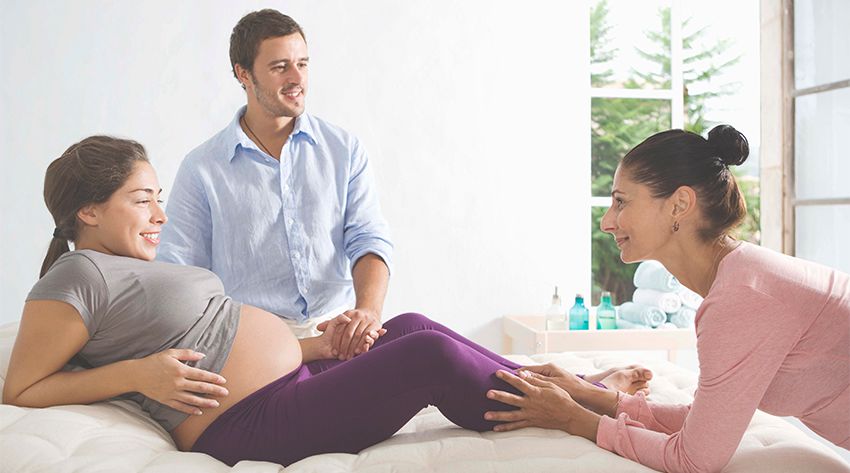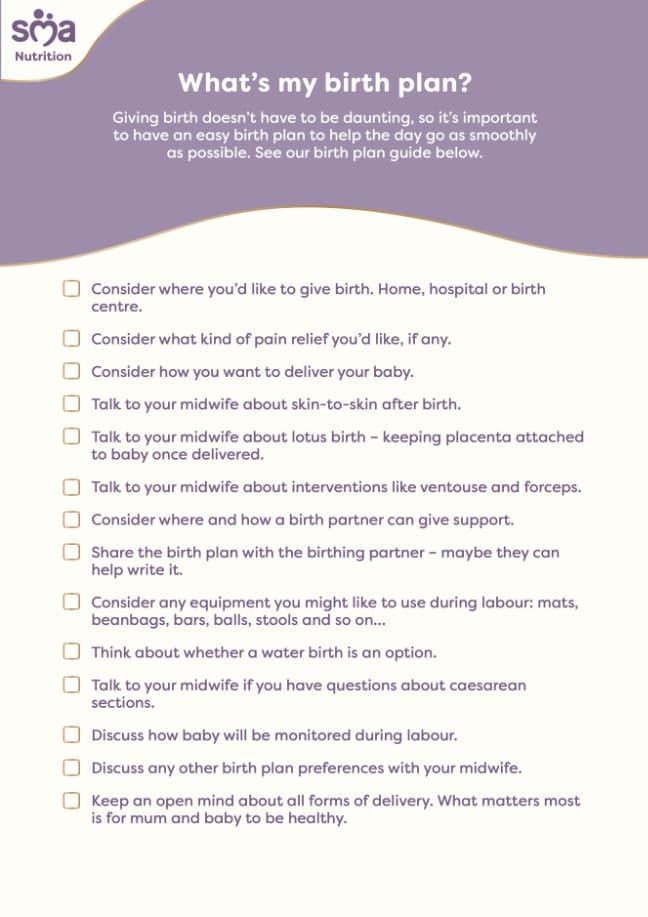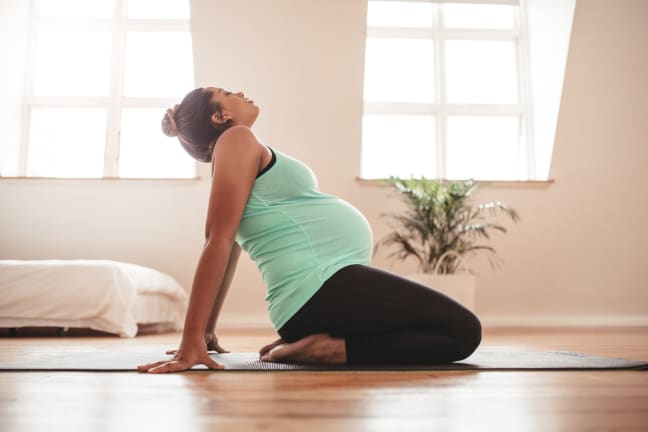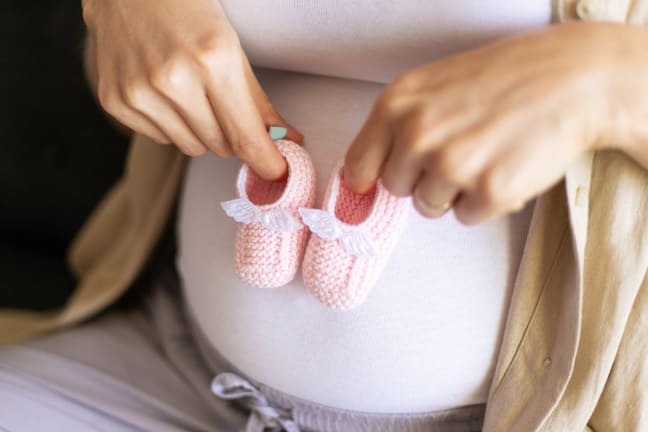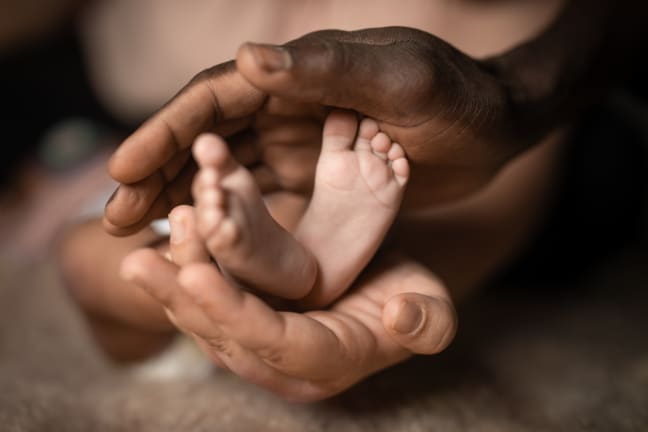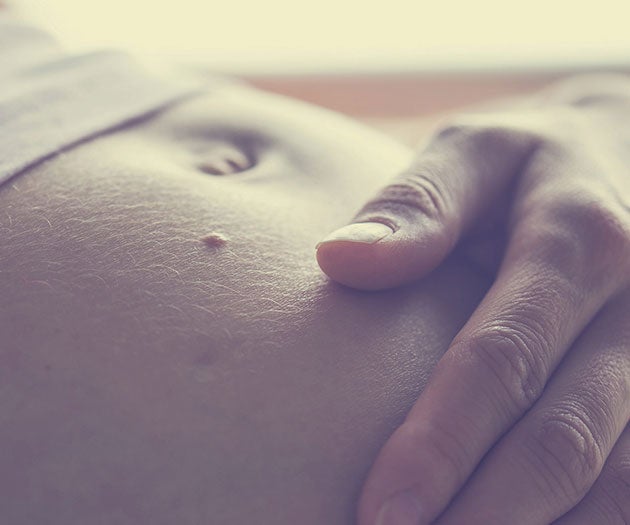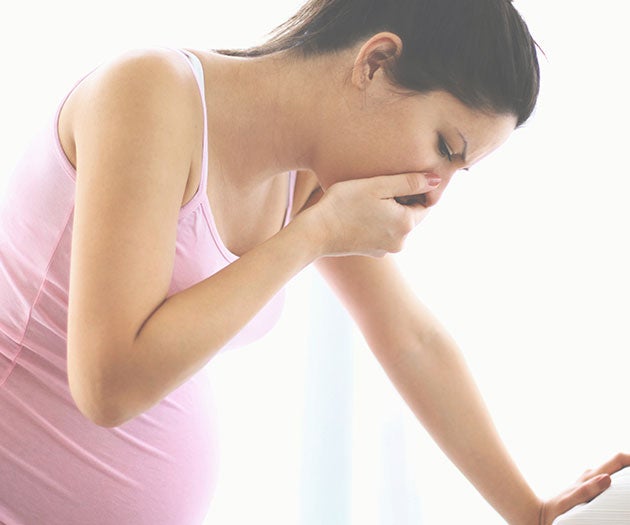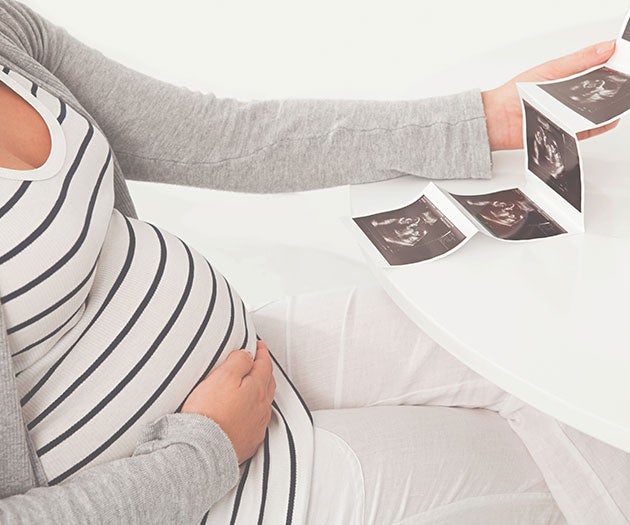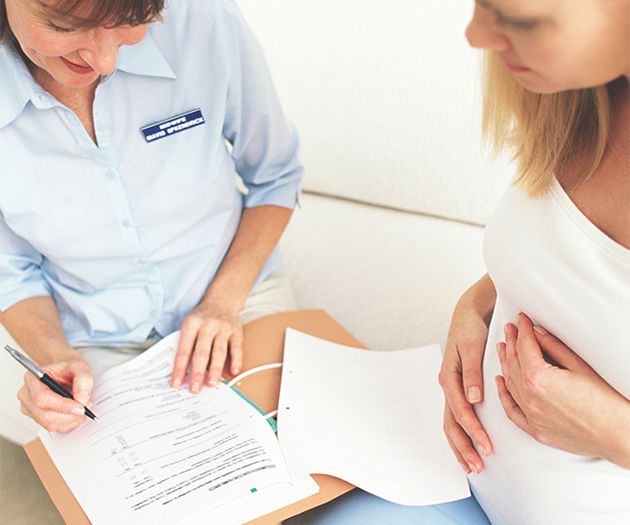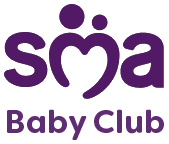Introduction
At 37 weeks pregnant your baby is now full term, keep track of their kicks and movements. Time to have a refresh of your birth plan to make sure you have considered everything just in case things go off script. It’s still important to eat a healthy balanced diet and do gentle exercise, find out more in this article. Leaky breasts, read on to find out how to manage. Read our top tips on birth plan options and information of what to expect at 37 weeks pregnant.
What happens at 37 weeks pregnant?
Time to celebrate. Baby is now officially full-term! The size of your baby at 37 weeks pregnant is about the size of a leek. Even though there’s not much wiggle room in your tum they’ll still manage to give you the odd kick ‘hello’. It’s important you’re aware of baby’s kicks and movement, so you might want to try this kick-counting app to help you keep track. If you think there’s been any reduction in baby’s movement let your hospital know right away.
Hopefully baby will be slowly manoeuvring into the right position for birth around now. That means head down in your pelvis and legs up in your ribs – so if you feel a kick in the ribs don’t complain - it’s a good sign. If they’re not in position yet, there’s still plenty of time. However, some babies are in breech position for labour, which means bottom first. If so, you’ll be chatting to your midwife or doctor about your options at birth.
What happens to your body at 37 weeks pregnant?
With only a couple of weeks to go, you’re probably feeling excited and nervous all at once. Who wouldn’t be?
Try to stay as calm as possible so you can give birth in a relaxed way. So, keep doing your regular breathing exercises.
If you feel a wave of contractions, look calmly at your watch, lie down and relax, breathing deeply and regularly. These could be early contractions and will most likely subside. When they come back, look at your watch again. If they are more than 20 minutes apart, you’re not going into labour just yet.
As a general rule, you don’t need to contact the hospital until your contractions have been coming every ten minutes or so for at least an hour. However, if you notice bleeding or baby’s movements are reduced, contact the hospital right away, your maternity folder should have advice for when and how to contact your hospital.
You’ll probably have your birthing plan sorted by now, but it’s a good idea to read about all the other things to consider now before you go into labour. That way if things go off-script you’ll be aware of your options.
There’s no dress rehearsal for actual labour, so it can all seem a bit daunting and uncertain until it finally arrives. And then it’s all systems go. Here’s something to read to help prepare you for the big event.
What to eat at 37 weeks pregnant?
As your body prepares for delivery, it’s important to maintain a healthy pregnancy diet. Baby will probably gain a bit of weight, so they still require a diet rich in proteins, vitamins and minerals. Keep eating those vegetables, and snack on fruits bursting with vitamin C. This helps your body absorb iron from food and supports your immune system. It also keeps your placenta working properly.
Calcium is important now and right through to breastfeeding. It helps baby’s bones develop nicely. You can get your daily requirement of calcium through your food, but if you’re struggling to do that talk to your GP or midwife.
Exercise is a good way to boost your mood and a great way to prepare your body for labour. Plus, regular exercise now is said to help you recover quickly afterwards too. And, as you may be feeling fuller and eating smaller meals, it’s important to make sure these contain protein: avocado, chickpeas and lentils are full of healthy calories.
What are the symptoms of 37 weeks pregnant?
37 weeks pregnancy symptoms can include leaky breasts. You might find yellowish stains in your bra and liquid leaking from your nipples. This is quite normal, and the first milk your body produces is called colostrum. It’s much more concentrated and contains antibodies which protect your baby from infection and help their immune system develop. So, from 37 weeks pregnant, if you are producing milk, you may want to harvest it. This means collecting the colostrum by hand expressing for a few minutes each day and the gradually building this up to five to ten minutes two to five times a day, and then as often as necessary. You can find out more about how to harvest breast milk.
If you get caught short whilst out and about it might be worth getting some breast pads, you will need them for your hospital bag anyway.
Exploring your birth plan options
Even if you already have your birth plan, it’s worth giving it the once-over as the big day approaches.
Have you chatted to your midwife about all your labour pain relief options?
Are you thinking about opting for a water birth in a birthing pool? Are you comfortable with your adjusted pain relief options for this route?
Does a home birth appeal to you? Would it be possible?
Are hypnobirthing techniques important to you?
Are you considering natural labour pain relief like acupuncture or aromatherapy and does your hospital offer these?
Your birth plan is probably already sorted, but it’s good to boffin-up on the many different birthing positions now.
Giving birth doesn’t have to be daunting, so it’s important to have an easy birth plan to help the day go as smoothly as possible. See our birth plan guide below.
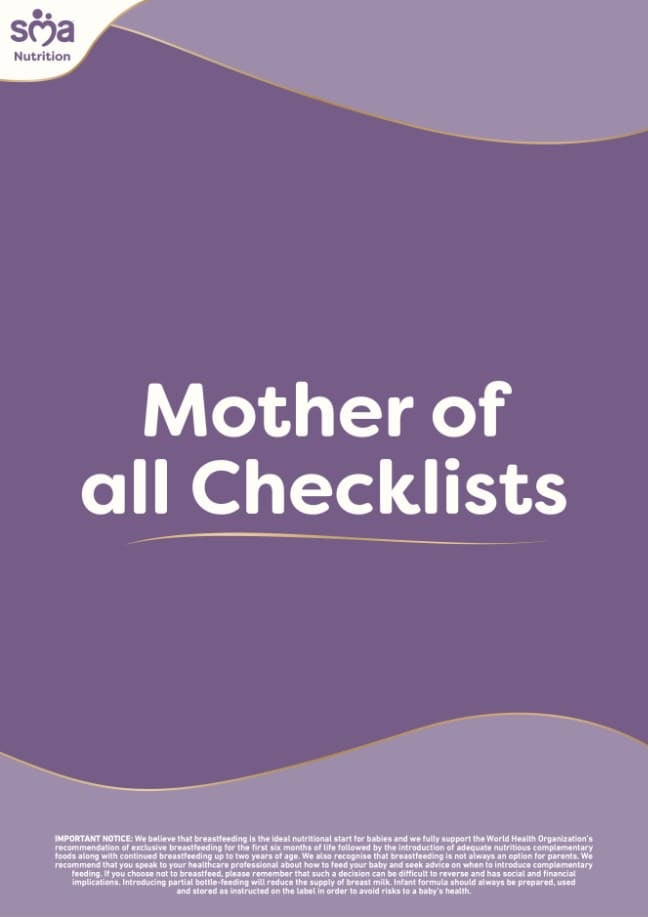
Join SMA® Baby Club to receive the Mother of all Checklists. With 63 checklists across your parenting journey from pregnancy through to toddlerhood we have you covered.




